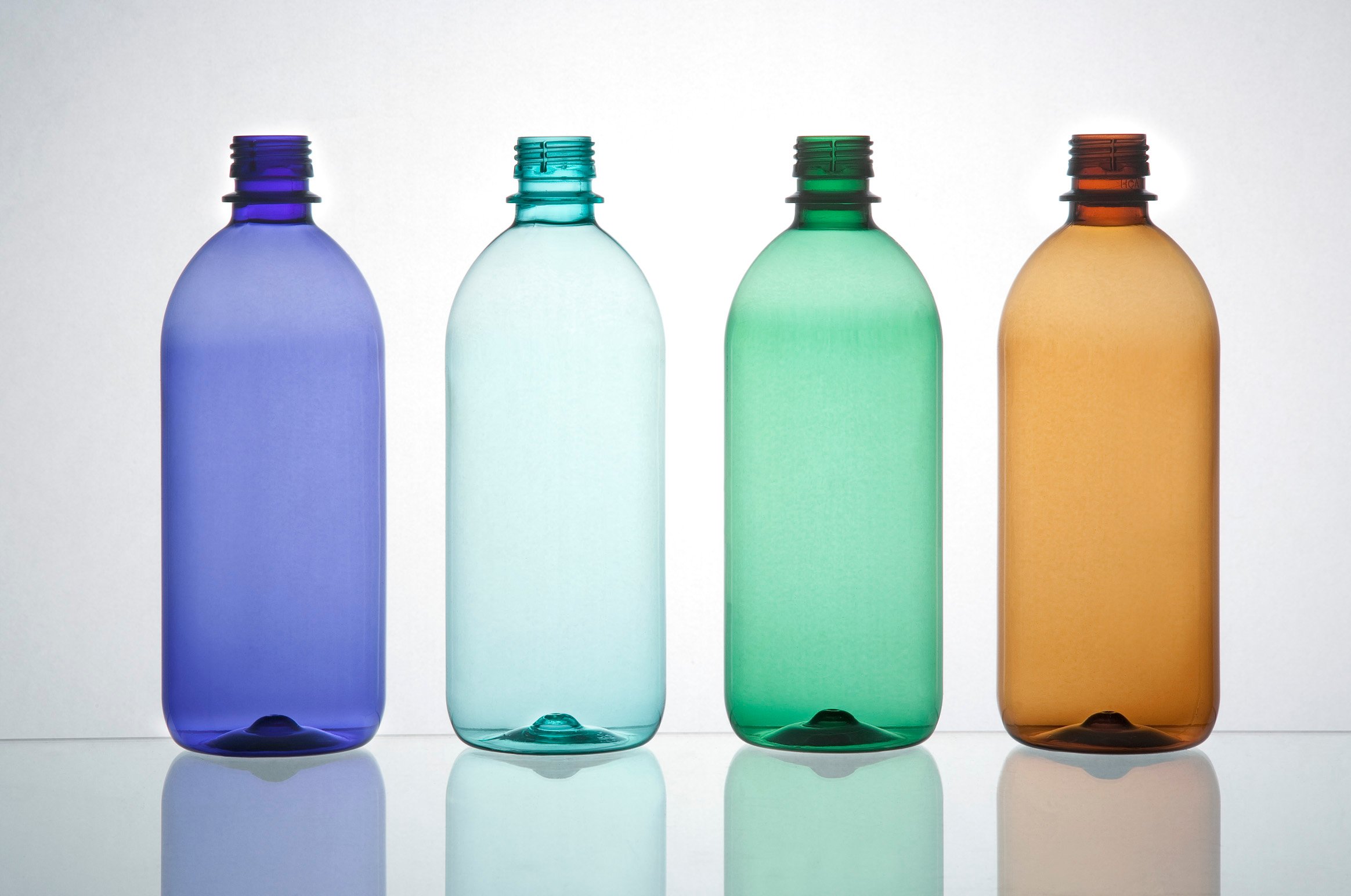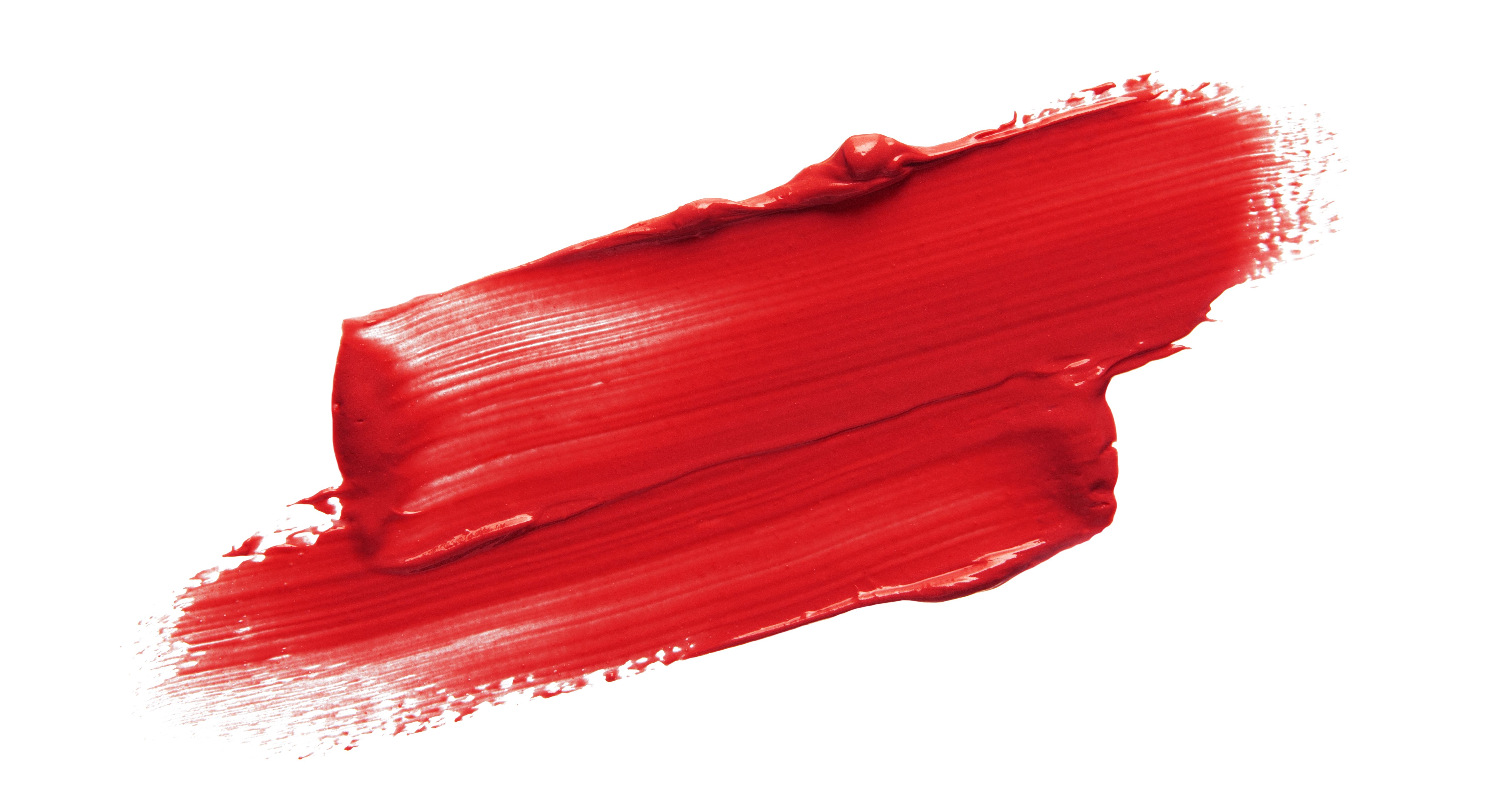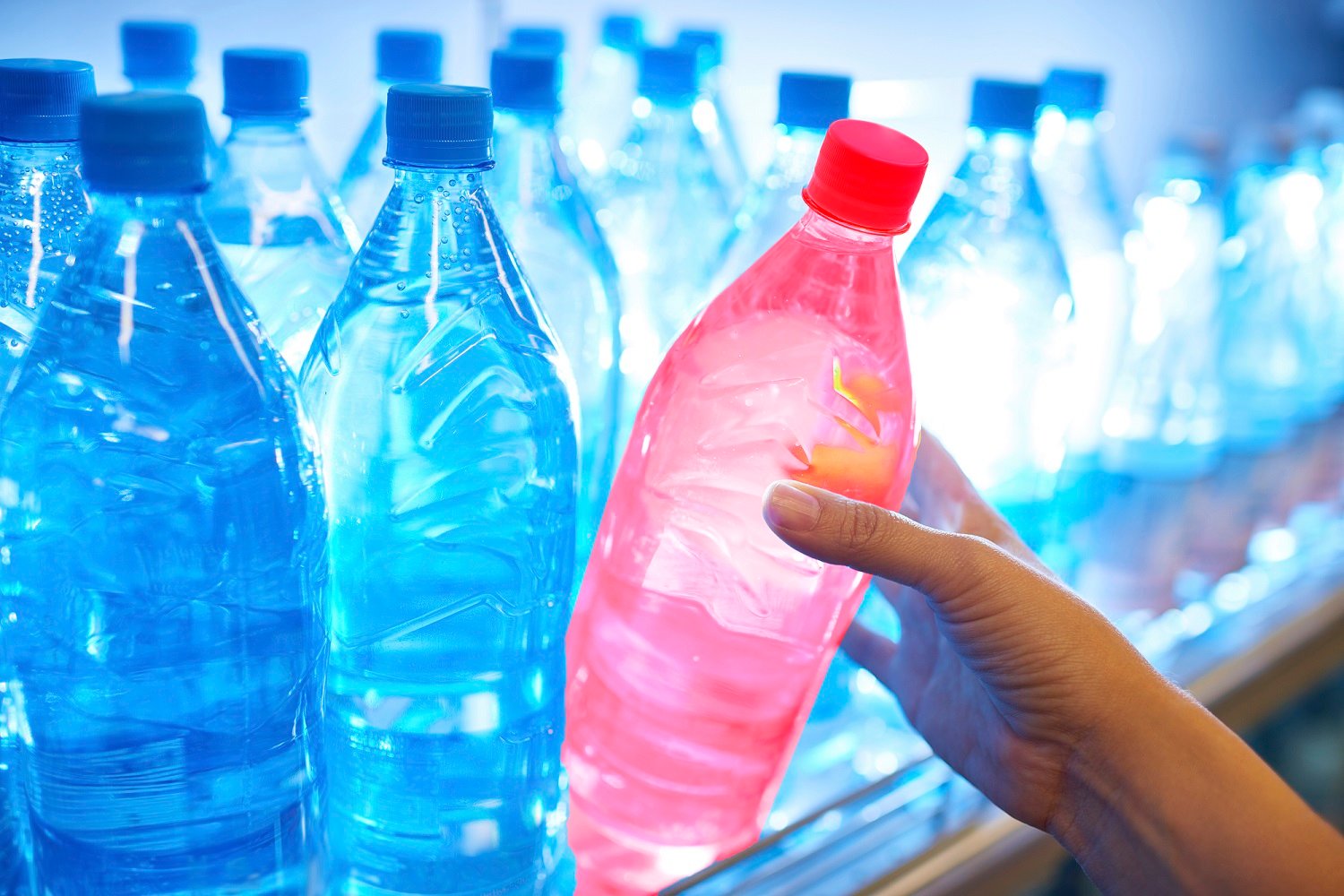Masterbatches And Color Concentrates For Plastics
Discover the nuances of plastic coloration and the innovations driving its future.
The Colorful World of Plastics: Masterbatches, Color Additives, and Beyond.
In the vast world of plastics, color plays an indispensable role. It's not just about aesthetics; the right shade can convey a brand's identity, ensure safety standards, or even influence consumer behavior. As plastics have become an integral part of our daily lives, so has the science and art of coloring them.
Enter Holland Colours, an employee-owned global leader in custom colorants. With a legacy of innovation and a commitment to sustainability, we've been at the forefront of transforming the canvas of plastics with vibrant hues and unparalleled quality.
Table of contents
-
Introduction
- The Role of Color in Plastics
- Introducing Holland Colours
-
What is Masterbatch?
- Defining Masterbatch
- The Importance of Masterbatches in the Plastic Industry
-
The Science Behind Plastic Coloring
- How Plastics are Colored
- The Role of Color Concentrates
-
Pigments vs. Masterbatches: Understanding the Difference
- Definitions and Distinctions
- Applications and Benefits
- Plastic Additives: Enhancing the Properties of Plastics
- Types and Functions
- Applications

What is a Masterbatch?
At its core, a masterbatch is a concentrated mixture that imparts color to plastics (color masterbatch) or bestows other properties like UV stabilization and flame retardation (additive masterbatch). Think of it as the essence of color and functionality, encapsulated in tiny pellets, ready to blend seamlessly with raw plastic and bring it to life.
The significance of masterbatches in the plastic industry cannot be overstated. They offer a clean, dust-free way of coloring plastics, ensuring consistency, vibrancy, and durability. Whether it's the radiant red of a sports car, the tranquil blue of a water bottle, or the protective black sheathing of underground cables, masterbatches are the unsung heroes behind the scenes.
Holland Colours has been a pioneer in the masterbatch industry for decades. Our journey began with a vision to revolutionize plastic coloration. Over the years, we've expanded our horizons, delving into both solid and liquid colorants, and co-designing solutions with our partners. As an employee-owned company, every milestone we've achieved, every innovation we've introduced, has been a testament to our collective passion and dedication. From the early days of simple color concentrates to today's advanced polymer additives, we've been shaping the narrative of the masterbatch industry, one hue at a time.
The Science Behind Plastic Coloring
The process of coloring plastics is a blend of art and science, a dance between creativity and chemistry. At its most basic, coloring involves introducing a color concentrate or masterbatch into a polymer. This is typically done during the melting phase, ensuring an even distribution and a consistent shade throughout the material.
Color concentrates play a pivotal role in this dance. They are highly concentrated formulations, packed with pigments, that when mixed with the raw plastic, impart the desired hue. The beauty of these concentrates lies in their ability to produce vibrant colors that remain consistent across batches, ensuring that products always maintain their intended appearance.
At Holland Colours, we've taken the science of plastic coloring to new heights. Our innovative approach is rooted in co-designing color solutions with our clients. We don't just provide colorants; we partner with brands to understand their vision, their challenges, and their aspirations. This collaborative approach ensures that the end product isn't just colored plastic but a manifestation of a brand's identity and values.

Pigmentss vs. Masterbatches: Understanding the Difference
Pigments vs. Masterbatches: Understanding the Difference
Definitions and Distinctions:
Pigments are raw colorants, the pure, unadulterated essence of color. They are the foundational elements that give color to various materials. However, using them directly in plastics can be challenging due to issues with dispersion, consistency, and handling.
On the other hand, masterbatches are pre-dispersed concentrates that combine pigments with a polymer carrier. This not only ensures a uniform color but also simplifies the coloring process, making it more efficient and less prone to errors.
Applications and Benefits:
While pigments are versatile and can be used across various industries, their direct application in plastics requires expertise and precision. Masterbatches, with their pre-dispersed nature, offer a more user-friendly option for the plastic industry. They ensure consistent coloration, reduce wastage, and can also carry additives that enhance the properties of the final product.
At Holland Colours, we pride ourselves on our deep understanding of both pigments and masterbatches. Our legacy in the industry has equipped us with insights into the nuances of these colorants. Whether it's the vibrancy and purity of our pigments or the consistency and ease of our masterbatches, we offer solutions that strike the perfect balance between aesthetics and functionality.
Solid vs. Liquid Colorants: A Comparative Analysis
Definitions and differences
- Solid Colorants (Masterbatches): These are pelletized color concentrates, combining pigments or dyes with a polymer carrier. They are typically used by melting and mixing them with the plastic resin during the molding or extrusion process. Solid colorants offer ease of handling, storage benefits, and a longer shelf life.
- Liquid Colorants: These are color concentrates in liquid form, often suspended in a carrier fluid. They are introduced into the plastic resin using a metering system during the molding or extrusion process. Liquid colorants can offer advantages in terms of color consistency, quick color changes, and reduced energy consumption during processing.
Applications and Benefits:
-
Solid Colorants: Preferred for applications where long-term storage is required, and where precise dosing and consistency across large batches are essential. They are often favored for their ease of handling and distribution, especially in large-scale manufacturing setups.
-
Liquid Colorants: Ideal for projects that require rapid color changes or where intricate color mixing is needed. They can be particularly beneficial in situations where lower processing temperatures are desired, as they can reduce the energy required to achieve proper color dispersion.
Our Expertise in Both Formats
At Holland Colours, we have honed our expertise in both solid and liquid colorants over the years. Recognizing the unique benefits and applications of each, we offer a diverse range of products to cater to the varied needs of our clients. Whether you're looking for the robustness and precision of solid masterbatches or the flexibility and efficiency of liquid colorants, we have solutions tailored to your requirements.

to stand
out
Plastic Additives: Enhancing the Properties of Plastics
Plastic additives are essential components introduced into polymers to modify and enhance their properties. They play a pivotal role in tailoring the characteristics of plastics to suit specific applications, ensuring durability, functionality, and aesthetics.
Types and Functions:
-
Stabilizers: These additives protect plastics from the harmful effects of UV radiation, heat, and oxidation. They ensure that plastics retain their properties and appearance even when exposed to challenging environmental conditions.
-
Plasticizers: These are used to increase the flexibility and pliability of plastics. They make materials like PVC softer and more versatile, expanding their range of applications.
-
Flame Retardants: As the name suggests, these additives reduce the flammability of plastics, making them safer for use in applications like electronics, textiles, and construction.
-
Fillers: These are materials added to plastics to enhance their strength, flexibility, or to reduce product cost. Common fillers include calcium carbonate, talc, and glass fibers.
-
Colorants: These additives, which we've discussed in detail earlier, impart color to plastics. They can be in the form of pigments (solid or liquid) or dyes.
Our Approach to Plastic Additives
At Holland Colours, we understand the critical role additives play in the plastic industry. Beyond colorants, we invest in research and development to offer a range of additives that enhance the performance, safety, and aesthetics of plastics. Our commitment is to provide solutions that not only meet but exceed the expectations of our clients, ensuring that their products stand out in the market for all the right reasons.

Conclusion: The Future of Plastic Coloration
The world of plastic coloration is ever-evolving, driven by technological advancements, changing consumer preferences, and a heightened focus on sustainability.
One of the emerging trends is the rise of polymer pigments and advanced color concentrates. These not only offer a broader palette of colors but also bring enhanced properties like UV resistance, improved durability, and eco-friendliness.
At Holland Colours, we're not just observers of these trends; we're active participants shaping the future. Our vision is rooted in innovation, sustainability, and collaboration. Our R&D teams are constantly exploring new frontiers, ensuring that we stay ahead of the curve and offer our clients the very best in plastic coloration solutions.
Innovation is the lifeblood of our industry. As we look to the future, we see a world where plastics are not just functional but are also sustainable, vibrant, and aligned with the values of the brands they represent. And at the heart of this future, Holland Colours stands as a beacon of innovation, quality, and partnership.
-min.jpg?width=5472&height=3648&name=HCA-AS-Technology%20(6)-min.jpg)